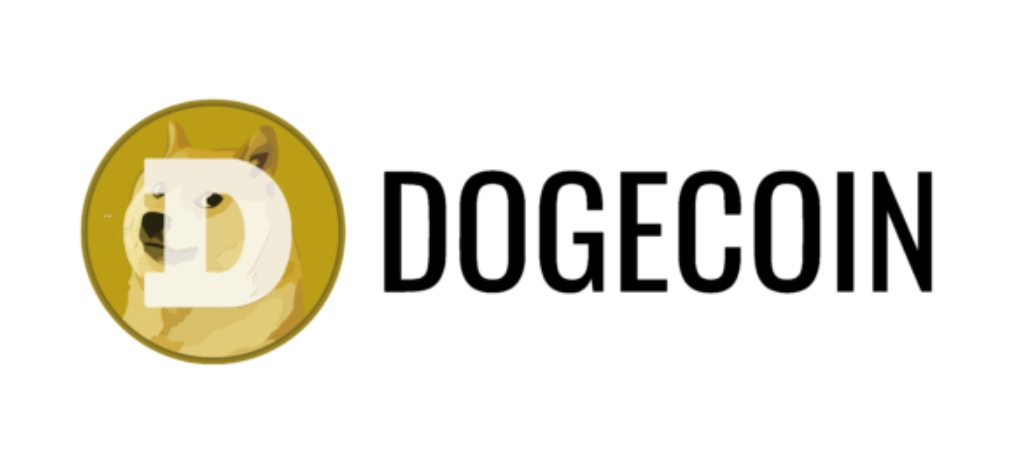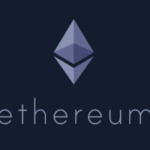Dogecoin (DOGE) loses momentum despite 21Shares ETF update, full rally not ignited

Dogecoin (DOGE) has recently made headlines as the U.S. Securities and Exchange Commission (SEC) acknowledged Nasdaq’s filing to list and trade shares of the 21Shares Dogecoin ETF. This signifies the start of the regulatory evaluation process for the ETF. Despite this positive development, the announcement did not have a significant impact on Dogecoin’s price as it only briefly touched $0.24, remaining within its recent trading range. Typically, news related to ETFs tends to fuel strong rallies in speculative assets like DOGE, but the response this time was relatively subdued and failed to meet expectations.
It appears that the ETF news may have already been factored into Dogecoin’s price. The original ETF filing by 21Shares was made in April, and DOGE had already experienced a surge of over 50% in early May. In essence, the ETF update served more as confirmation rather than a catalyst for further price movement. On-chain data from Santiment revealed a notable drop in Dogecoin’s active 24-hour addresses from over 650,000 during the ETF announcement to 347,000 shortly after. This decline indicates a decrease in immediate network activity following the price adjustment. The sharp decline in active addresses suggests that the initial surge in interest or trading activity was short-lived.
Sustained network growth requires consistent and continuous user engagement, not just short bursts linked to news events. A healthy market rally is typically supported by a gradual increase in active addresses, which is not the case with Dogecoin at the moment. Moreover, futures open interest (OI) has increased alongside the price, signaling a influx of new capital into the market. However, the OI-weighted funding rate remains positive, indicating that the majority of this capital is being employed in long positions. This situation may lead to an imbalance where if the price stagnates, these long positions could begin to unwind, resulting in a chain reaction of liquidations, commonly known as a “long squeeze.”
Furthermore, data on Dogecoin’s funding rates also suggests a predominance of long positions over short ones. When funding rates remain high and the price fails to continue its upward trajectory, it presents a potential risk for long positions in the market. This imbalance could potentially trigger further price declines and increased market volatility in the future.




